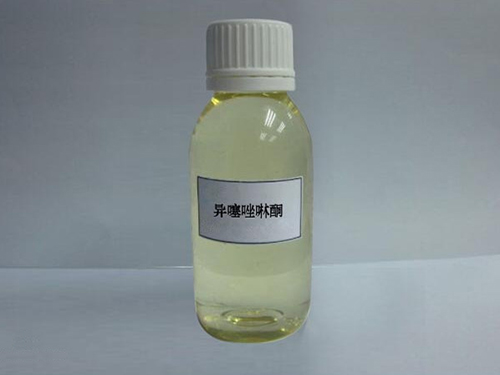flocculants used in water treatment
The Role of Flocculants in Water Treatment
Water treatment is a crucial process that ensures the availability of clean and safe drinking water. One of the key agents used in this process is flocculants, which play a significant role in the removal of suspended particles and contaminants from water. This article explores the various types of flocculants used in water treatment and their effectiveness.
Flocculants are chemical substances that promote the agglomeration of particles in a liquid, facilitating their removal through sedimentation or filtration. They are particularly useful in treating turbid water, where suspended solids can compromise water quality. The effectiveness of flocculants in water treatment depends on their ability to neutralize the charges on particles, allowing them to collide and form larger aggregates, or flocs.
There are several types of flocculants commonly used in water treatment processes. The most widely used are organic flocculants, which include polyacrylamides (PAM), chitosan, and natural polysaccharides. Polyacrylamides are synthetic polymers that can reduce the turbidity of water remarkably and are effective at various pH levels. They are favored for their versatility and efficiency in a wide range of water treatment applications.
flocculants used in water treatment

Chitosan, derived from chitin found in crustacean shells, is gaining popularity as a biodegradable alternative to synthetic flocculants. It not only aids in floc formation but also has antimicrobial properties, making it an excellent choice for treating organic pollutants in water.
Natural polysaccharides, like cellulose and starch derivatives, are also used as flocculants. They are environmentally friendly and can provide effective treatment while minimizing chemical residues in the water. These natural options are particularly appealing in regions where sustainability and low environmental impact are paramount.
The dosage of flocculants is critical; adding too much can result in excess sludge and chemical residues, while too little may not effectively clarify the water. The application of flocculants varies based on water source, quality, and treatment objectives, making it essential to conduct thorough analyses before implementation.
In summary, flocculants are invaluable in the water treatment industry, enhancing the clarity and safety of drinking water. By choosing the right type of flocculant and optimizing its usage, water treatment facilities can significantly improve the quality of water, ensuring access to safe drinking water for all. As innovations continue in this field, flocculants will likely evolve, supporting more sustainable and effective water treatment solutions.
-
Pbtc Scale InhibitorPBTC: A Scale Protector for Industrial Water TreatmentNewsAug.05,2025
-
Organic Phosphonate: An Efficient Defender in the Field of Scale InhibitionNewsAug.05,2025
-
Hydrolyzed Polymaleic Anhydride: Green Pioneer in Scale Inhibition FieldNewsAug.05,2025
-
PAPEMP Polyamino Polyether Methylene Phosphonic Acid For SaleNewsAug.05,2025
-
Flocculant Water Treatment: A Pioneer in Purification in the Field of Water TreatmentNewsAug.05,2025
-
Benzyl Isothiazolinone: An Efficient and Broad-Spectrum Antibacterial Protective GuardNewsAug.05,2025





